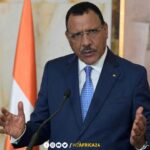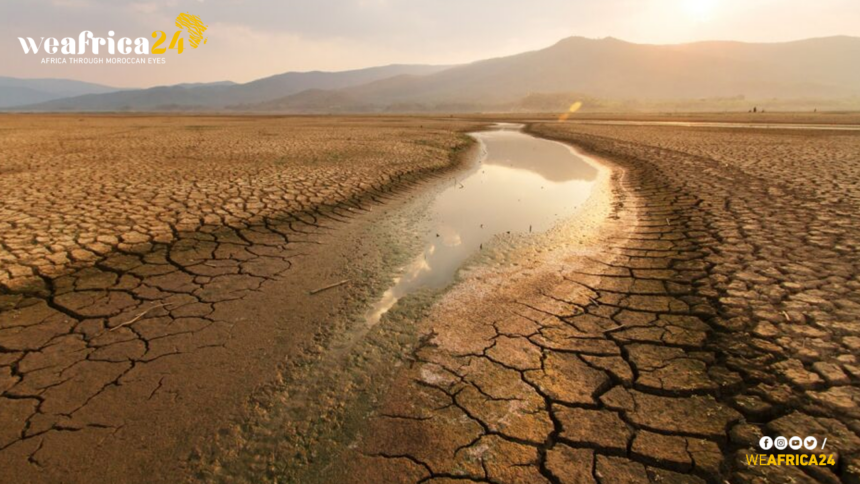Morocco faced a challenging year marked by drought, rising prices, and food security concerns, warnings from the international organization “Kira” highlighted the environmental situation in Morocco, with escalating periods of drought posing negative repercussions on the economy, agriculture, and food security, these challenges were exacerbated by global climate change, making water-related issues more acute in Morocco.
The impact of drought became evident in various sectors. The country experienced a decline in the rare Argan tree due to climate change and worsening drought conditions. The citrus sector, particularly clementines, faced significant challenges with production dropping by around 70%, leading to major economic difficulties for producers.
The agricultural sector was heavily affected, resulting in the loss of around 297,000 jobs due to a weakened farming season attributed to reduced rainfall and decreased agricultural production, which constitutes about 40% of the country’s workforce.
Concerns also arose regarding avocado cultivation, ranking ninth globally in exports, the excessive water consumption raised alarms about the depletion of water resources, prompting calls for sustainable agricultural policies to balance local needs and exports.
Efforts to Combat Drought
Dr. Kamal Abarkane, a climate change advocate, initiated scientific projects in collaboration with African and Mediterranean partners. He focused on using genetic sorting technology rather than genetic modification to enhance plant resistance to drought and diseases.
In addition to individual efforts, the Moroccan government supported production chains by subsidizing seed and fertilizer prices to reduce costs. They encouraged the cultivation of plants adapting efficiently to climate changes as part of a strategy to combat the effects of drought.
The government aimed to address grain production shortages by developing genetically modified seeds expected to increase production by 30% compared to traditional seeds. This was part of an overall strategy to enhance agricultural sustainability and improve adaptation to drought conditions.
“Khnk Krou” Dam
The Moroccan government allocated additional funds to the National Program to counter the effects of drought, increasing its budget to 143 billion dirhams. The plan included building new dams, accelerating unconventional water-filling projects, and promoting seawater desalination to augment water sources.
The “Khnk Krou” dam project in the Bni Tadjite community in the Fes-Meknes region aimed to be a vital water source for the region, covering an area of 5545 square kilometers. The dam was expected to have a storage capacity of 1.069 billion cubic meters, with an estimated annual water supply of 107 million cubic meters.
Water Reservoirs Warning Signals
Morocco faced a critical situation regarding its water resources, with the filling rate of dams dropping to 23.4% compared to 31.1% in the previous year. This drastic decline indicated a serious shift in water resources, warning of an accelerating water crisis.
The total water reserves decreased from 5041.3 million cubic meters to 3777.9 million cubic meters in the same period, and several water basins, including Umm Al-Rbia, Souss Massa, Abi Raqraq, Draa Wadi Noun, and Mlouya, showed alarming filling percentages, signifying deteriorating water conditions.
Rising Prices and Citizen Challenges
Morocco, primarily an agricultural country, faced challenges due to decreased rainfall affecting crop yields and limiting water availability for agriculture. This led to a decline in vegetable and fruit production and a sharp increase in the prices of essential commodities.
Fuel and fertilizer prices, crucial for food production, were closely tied to agricultural supply chains. The current surge in prices posed an additional challenge, deepening the issue of rising food prices. The government attributed the price hikes to low rainfall, the COVID-19 pandemic, and the war in Ukraine, global crises contributing to the complexity of the Moroccan economic landscape.
After six consecutive years of water challenges, Morocco faced the looming threat of a sixth dry year. The Minister of Equipment and Water declared a critical phase and emphasized the unprecedented acceleration of challenges. Immediate and effective measures were deemed necessary to address the expected temperature rise and increased water evaporation in dams, intensifying water stress in the country.







